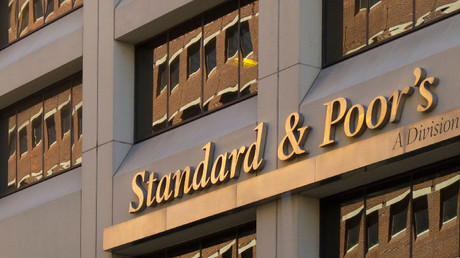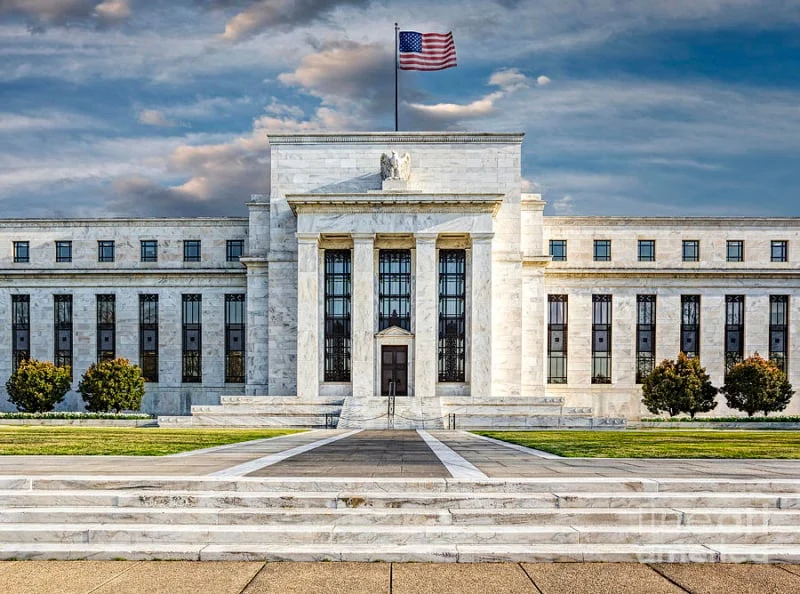Publisher: Maaal International Media Company
License: 465734
S&P: Credit rapid growth reduced Saudi banking sector liquidity
اقرأ المزيد
The rating agency, Standard & Poor’s, said on Monday that the rapid growth of credit in Saudi Arabia has reduced the liquidity of banks, without it being clear whether the government will boost deposits in the banking system to relieve pressure. Standard & Poor’s stated in its forecasts for the Saudi banking sector for the year 2023 that while bank lending to companies is witnessing an increase due to projects related to the “Vision 2030” agenda to diversify the economy and reduce its dependence on oil, “the availability of financing is likely to represent a constraint for the first time in a while.” ».
Credit growth that rose rapidly in an era of low interest rates is expected to slow along with the growth of mortgage loans, amid rising interest rates and market saturation.
Standard & Poor’s said that the ratio of loans to deposits in the Saudi banking sector rose to 102 percent in the third quarter of 2022, compared to 85 percent at the end of 2018, “due to the slowdown in deposit growth, most of which are from the private sector.” It stated that fixed-term deposits almost did not increase in that period due to low interest rates.
“At the same time, Saudi investors have boosted their investments in foreign stocks,” she added. It estimated that the $600 billion sovereign Public Investment Fund may have accounted for between 25 and 40 percent of these outflows.
Standard & Poor’s said that the Saudi Central Bank carried out liquidity injections during the pandemic and also during the past year to help avoid a credit crisis and to support economic activity.
“As a result, the system reached a structural liquidity deficit in mid-2022, as borrowing from the Saudi Central Bank exceeded deposits in it,” the agency added.
In another context, “Standard & Poor’s” expects the Saudi Central Bank “SAMA” to continue extending the terms of the support programs granted to the sector.
The agency did not rule out the Saudi Central Bank increasing the support provided, at a time when it will encourage banks to attract deposits from the private sector.
The agency’s positive view of the majority of Saudi banks continues, despite the decline in profitability expectations, with customers continuing to transfer their savings to term deposits, which increases the cost for lenders in light of the current interest rate environment.








